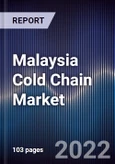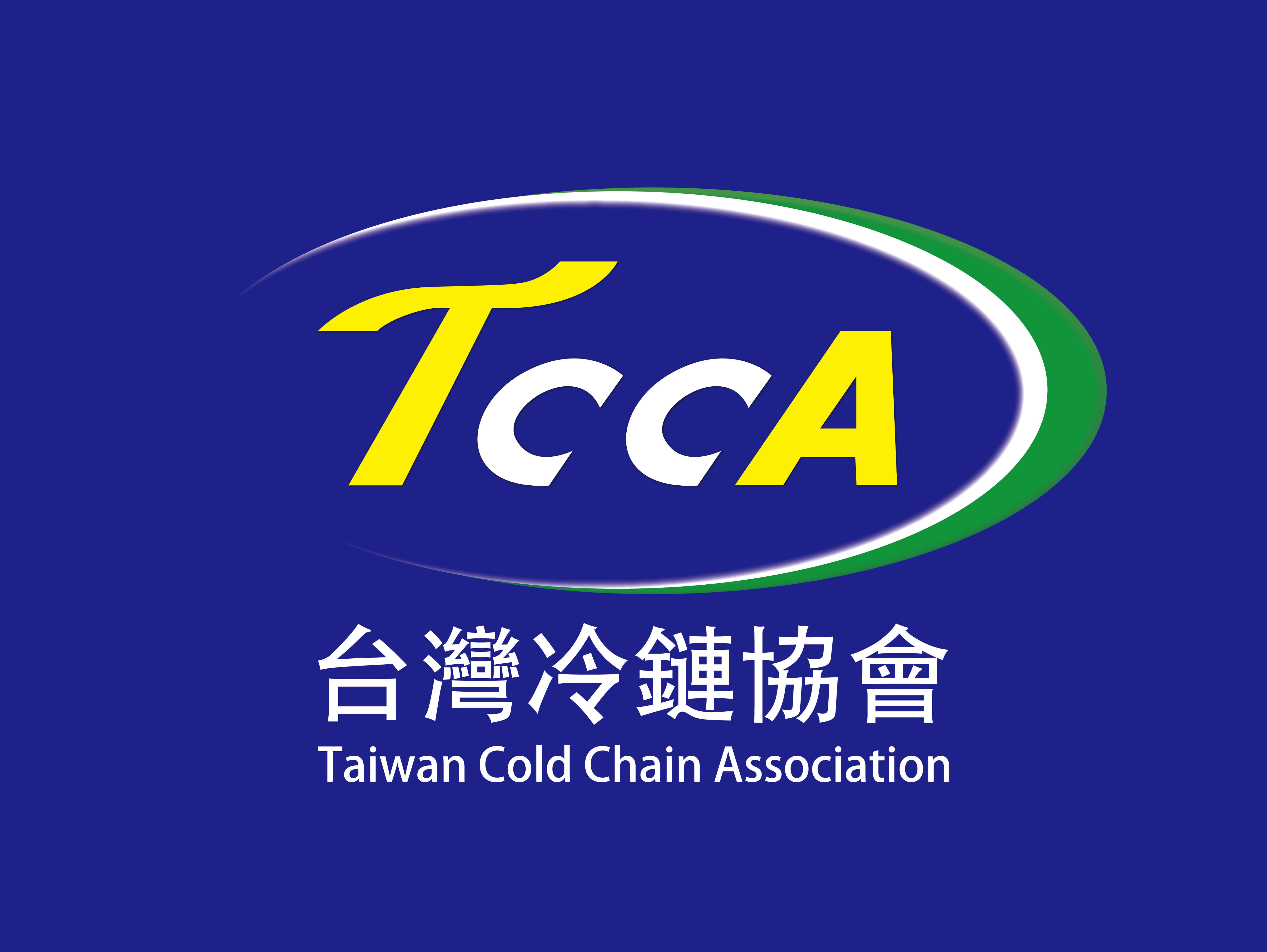

The report titled “Malaysia Cold Chain Market Outlook To 2026 - Driven by Increase in Demand for Perishable Food Items and its Establishment as the Halal Industry Hub, Malaysia Cold Chain Market Experiencing Growth“ provides a comprehensive analysis on the Cold Chain Market in Malaysia. The report covers various aspects including overview and market size, Market Segmentation, stakeholders, value chain analysis, major players, competitive landscape, operating and profitability model, end-user potential in the cold chain industry and many other influential factors. The report concludes with market projections and analyst recommendations highlighting the major opportunities and cautions for the cold chain market players.
Malaysia Cold Chain Market Overview and Size
The cold chain market in Malaysia is in the growth stage. There are not many providers that offer cold chain service for the Malaysian market and it is considered a niche market. Malaysia has established itself as the halal industry hub, making it one of the major trading partners of halal meat and other products. In the review period 2016-2021P, the Malaysia cold chain market has increased at a positive CAGR of 6.9% primarily due to substantial government investments in the freight industry and increase in retail and consumer spending, especially in meat and seafood, fruits/vegetables market, and the growing pharmaceuticals industry.
Malaysia Cold Chain Market Overview Segmentation
- Cold Warehousing
The cold storage market is dominating the market and contributing the majority of revenue share to the cold chain industry. Most of the cold storage warehouses are located in free zones. Malaysian Free Trade Zones are equipped with different incentives and focuses. They facilitate customs processing as well as provide bonded warehousing for transshipment. The relatively higher growth in cold warehousing as compared to cold transportation can be attributed to setting up of new facilities in Free Zone Areas by the companies in the industry. This is because they prefer investing in cold warehouses, since it is a more secure long-term asset, despite the heavy investment costs it requires. Seasonal surge in demand is seen especially during the Ramadan festival.
-
Cold Transportation
The industry caters to the distribution of food and pharma domestically and internationally via land, sea and air. Some of the key growth drivers include increasing domestic production of perishables and growing end users in emerging markets. The revenue generation from international freight is higher than the revenue generated from transportation of goods within the country as the distance covered plays a major role in determining the revenue generated. Since Malaysia is actively involved in exports of certain F&B products, the international freight revenue generation is higher than domestic freight.
By End-User Application (Meat and Seafood, Dairy Products, Pharmaceuticals, Fruits and Vegetables, and Others): Meat and seafood are the largest end-user industry in Malaysia. In 2021, the demand for frozen meat slightly declined in Malaysia as people preferred fruits and vegetables as the healthier alternative after Covid-19. The pharmaceutical industry saw a boost post the onset of the pandemic and the consumption of fruits and vegetables increased due to growing health concerns in the country.
Malaysia Cold Warehousing Market Segmentation:
- By Temperature Range (Ambient, Chilled, and Frozen): Chillers and freezers were quite high in demand in the year 2021P given the increase in the consumption of frozen and fresh food items. Since most of the halal products require storage in freezers, there is the highest demand for freezers in Malaysia, followed by chillers in which fresh food products are stored.
- By Ownership (Integrated and Contract Warehouses): Integrated logistic facilities generated a larger revenue share in 2021P. This is majorly as most of the warehouses (especially the big players) are able to store/accommodate their clientele's products within their owned warehouses. These mergers of small players with big cold chain players are leading to the establishment of a bigger player thus eliminating the need of outsourcing (4PL). More small cold companies are expected to merge with bigger players increasing the share of integrated logistics.
Malaysia Cold Transportation Market Segmentation:
- By Mode of Transport (Land, Sea, and Air): Mostly land transport is used for cold transportation. Cold transportation through land contributed the highest revenue to the cold transport industry as land transportation is used not only for domestically transporting goods internally within the country but also used for transporting goods to the neighbouring countries of Malaysia such as Singapore, Thailand, Lao PDR, Cambodia, and Vietnam. Air freight is not widely used to transport goods across the country. Only in rare cases of delivering life-saving drugs or essential goods, air transportation is usually used. Otherwise, air transport is mainly used for international freight forwarding.
- By Type of Freight (Domestic and International): The revenue generation from international freight is higher than the revenue generated from the transportation of goods within the country as the distance covered plays a major role in determining the revenue generated. Since Malaysia is actively involved exports of certain F&B products, the international freight revenue generation is higher than domestic freight.
Competitive Landscape
Competition in Malaysia Cold Storage Market is moderately consolidated with ~4 large companies acquiring chunks of market share. The market is highly concentrated in the free zones. The developed transport infrastructure in these regions along with the proximity to the sea and airports has been the key factors leading to the growth of the cold chain businesses in these areas. The cold chain companies in the country compete on a host of parameters such as price, quality of service, technological advancement, key clientele, location, industry expertise, etc. Major players in the cold chain market include TASCO Cold Chain, Integrated Cold Chain Logistics, Frio Logistics, NL Cold Chain, and others.
Malaysia Cold Chain Market Future Outlook and Projections
The Cold Chain market in Malaysia is expected to experience a moderate level of growth at a single-digit CAGR in terms of revenue during the period 2021P-2026F. The Cold Chain market in Malaysia is expected to experience positive growth owing to the increase in demand for perishable food items, increase in e-commerce, and government’s initiatives to improve the logistics infrastructure in the country as part of Malaysia’s ‘National Transport Policy’. Moreover, the operational efficiency in Malaysia's cold chain market over the forecast period 2021P-2026F is to improve with the increasing adoption of warehouse automation technologies such as RFID, AS/AR, WMS, AMR, and others.
Website: RESEARCH AND MARKETS 2022.5

- 聯邦快遞於新加坡設立新地區總部 提升物流能力與人才培育2024-02-29
- 越南經濟隱憂!關鍵原因難解決 專家:投資越南有兩大阻礙2024-03-08
- 越南為開發中國家出口創新產品前三大國家2024-03-18
- IMF上修馬來西亞2024年經濟成長預測值為4.4%2024-04-19
- 蘋果CEO庫克訪越南 宣布增加當地投資2024-04-15
- 越南政府刻正研議限縮出口勞務適用0%增值稅之範圍2024-05-20
- 日本高齡化嚴重 評估吸引更多越南勞工措施2023-10-12
- 電子五哥齊聚越南設廠!另立非中供應鏈 廣達斥逾15億元設越南子公司2023-04-18
- 馬來西亞蓄勢待發成為區域主要物流中心2023-02-21
- 東南亞冷鏈商機交流開花 估湧552萬美元商機2023-05-15
